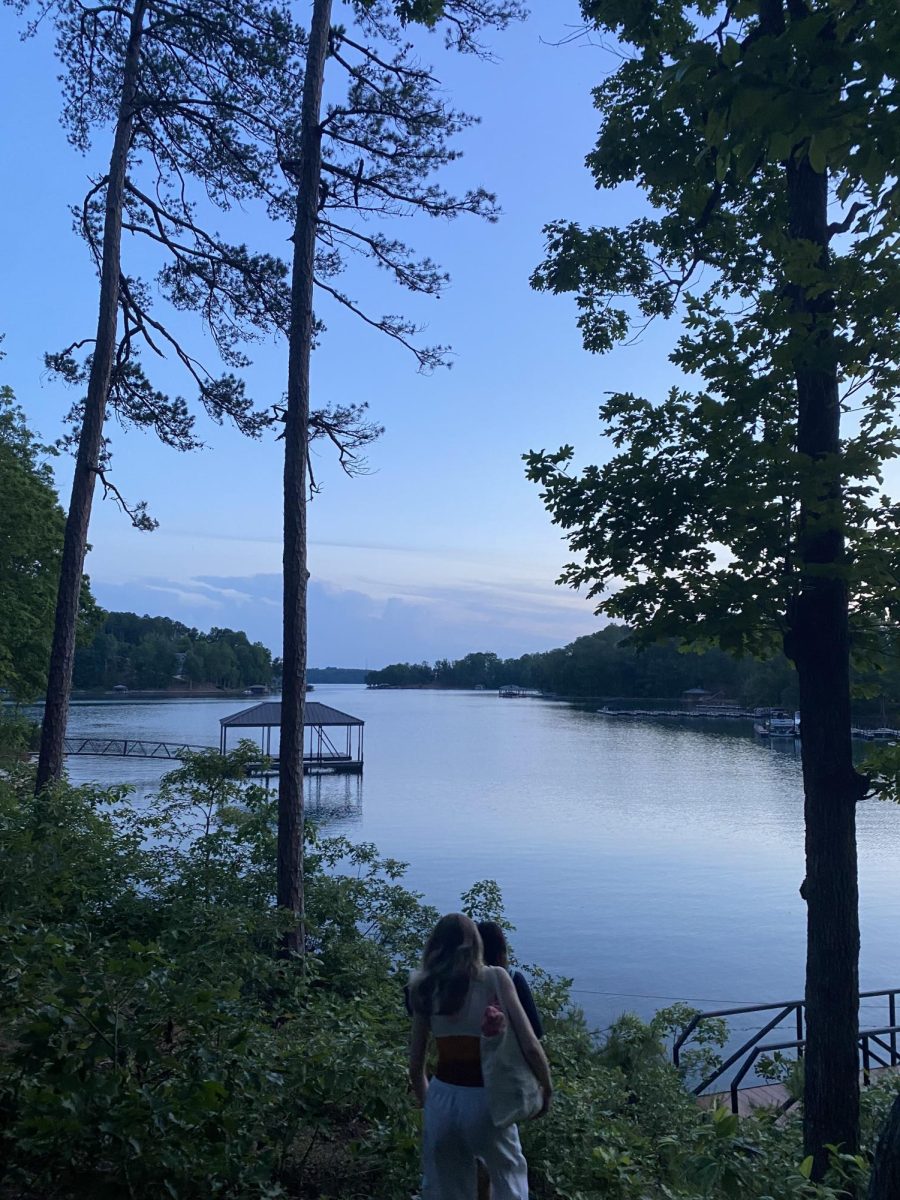In 2004, Susan Cordell and her colleagues staked out eight plots in the delicate lowland wet forest of Hawaii’s main island. The lowland wet forests have been heavily damaged by human activity and non-native plant invasion, leaving less than 10% of the original forest cover intact. These scientists were on a mission to restore the forest to its original health and vigor, as chronicled in their 2016 paper in Restoration Ecology.
Traditional restoration methods try to take a damaged ecosystem back to a historical state or species composition. This usually involves removing non-native species, which could become invasive and out-compete native plants, and allowing native plants to grow in their place. That is what the researchers did for the first five years of their study.
However, in the lowland wet forests of Hawaii, this traditional approach is problematic for several reasons. For one thing, over half of the plants currently found in the forest are non-native (although not all of them are invasive), and there is little historical data on what the historical species composition actually was. For another thing, the native plants that persist are slow growers. In fact, the researchers found that they grow about ten times slower than their invasive combatants. It’s not a fair fight. Despite the researcher’s earnest weed-pulling, the invasives came back year after year.
Because the researchers couldn’t eradicate the non-native plants, they couldn’t restore the lowland wet forest—at least not in the traditional way. The problem with the traditional method of restoration is that it focused on going backwards, returning an ecosystem to the past. For some healthier ecosystems, that might be possible, but the lowland wet forest of Hawaii had been too damaged for too long. It needed to move forward, into a new state or composition, and to do that, it needed the help of the very non-natives the researchers had been battling for five years. A new project was born: Liko Na Pilina, which is Hawaiian for “budding relationships”.
Liko Na Pilina still focused on removing invasive plants, but instead of replanting with solely native plants, the researchers decided to incorporate non-native, non-invasive plants that would support the native ecosystem.
Rather than choosing plants based on their origin, the researchers focused on finding specific traits or abilities that could increase the health of the ecosystem as a whole. The new species would also fill in the spaces that invasive plants often take over, making the forest more resistant to invasion. As the project continues, it will undoubtedly face both success and failure. But it is a beautiful example of a unique approach to a constantly changing environment: not resisting change, but guiding the way in which we change.
Categories:
Tigra Scientifica: Liko na pilina
Hannah Spencer, Contributer
September 19, 2016
0
Donate to The Tiger
Your donation will support the student journalists of Clemson University. Your contribution will allow us to purchase equipment and cover our annual website hosting costs.
More to Discover







